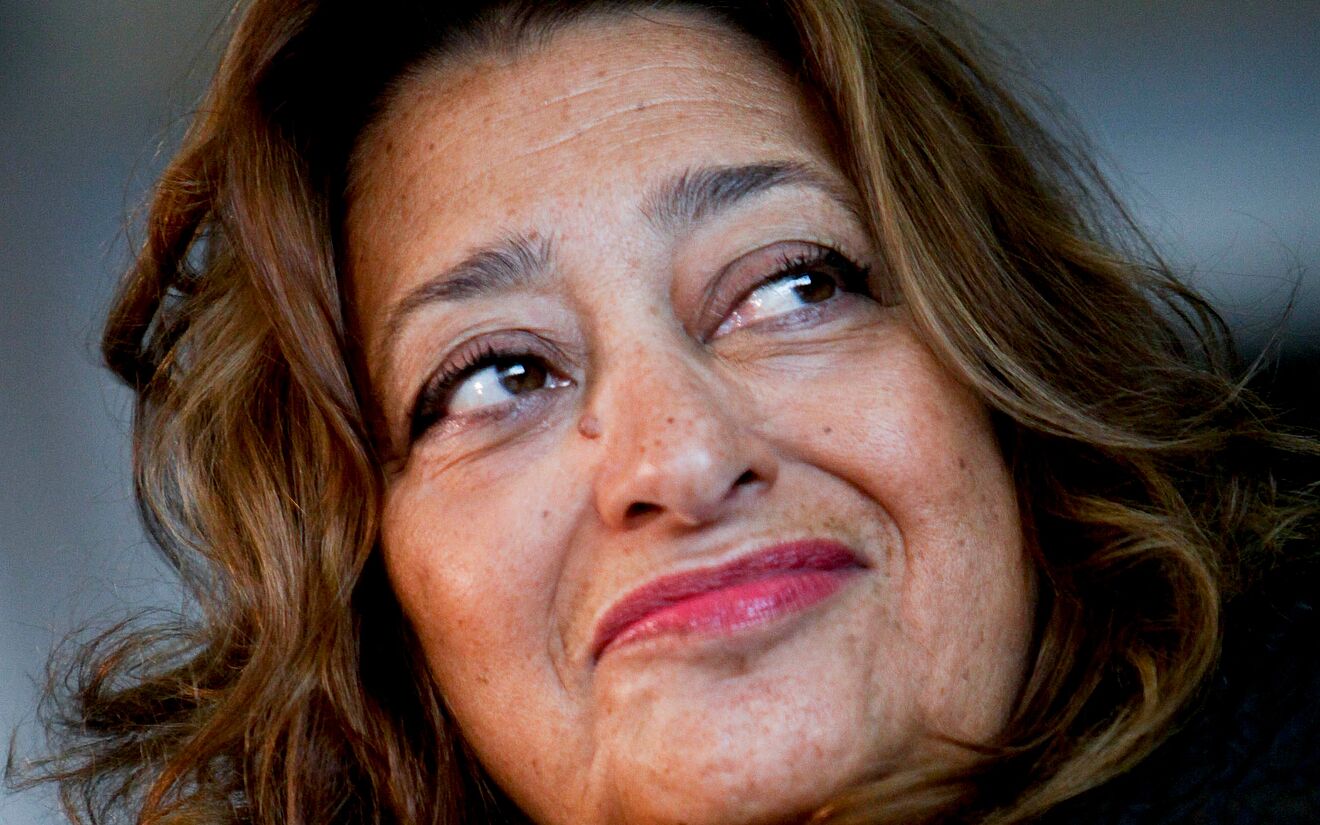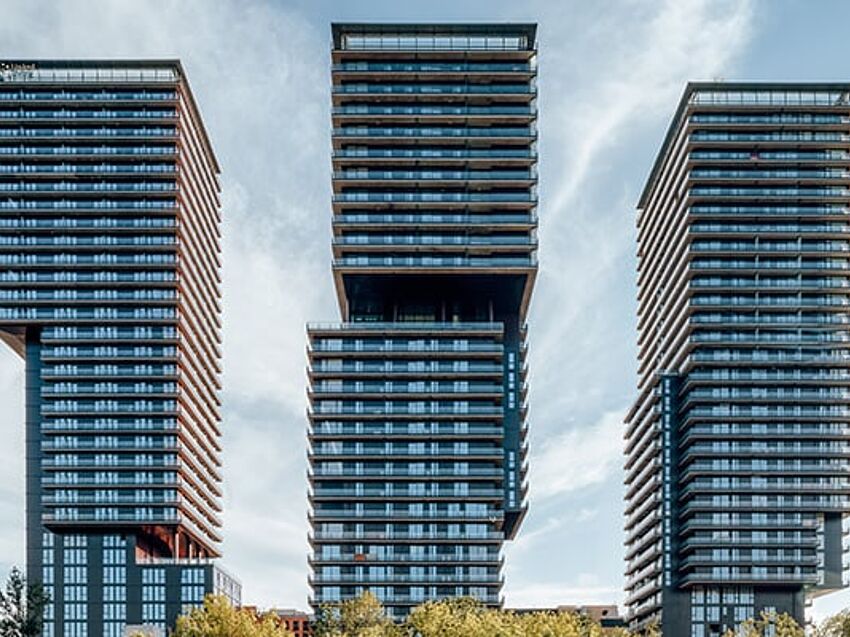She was world famous for her buildings and her modernist, futuristic thinking. A woman who did not design everyday buildings but always offered fodder for international critics through her works: Zaha Hadid.
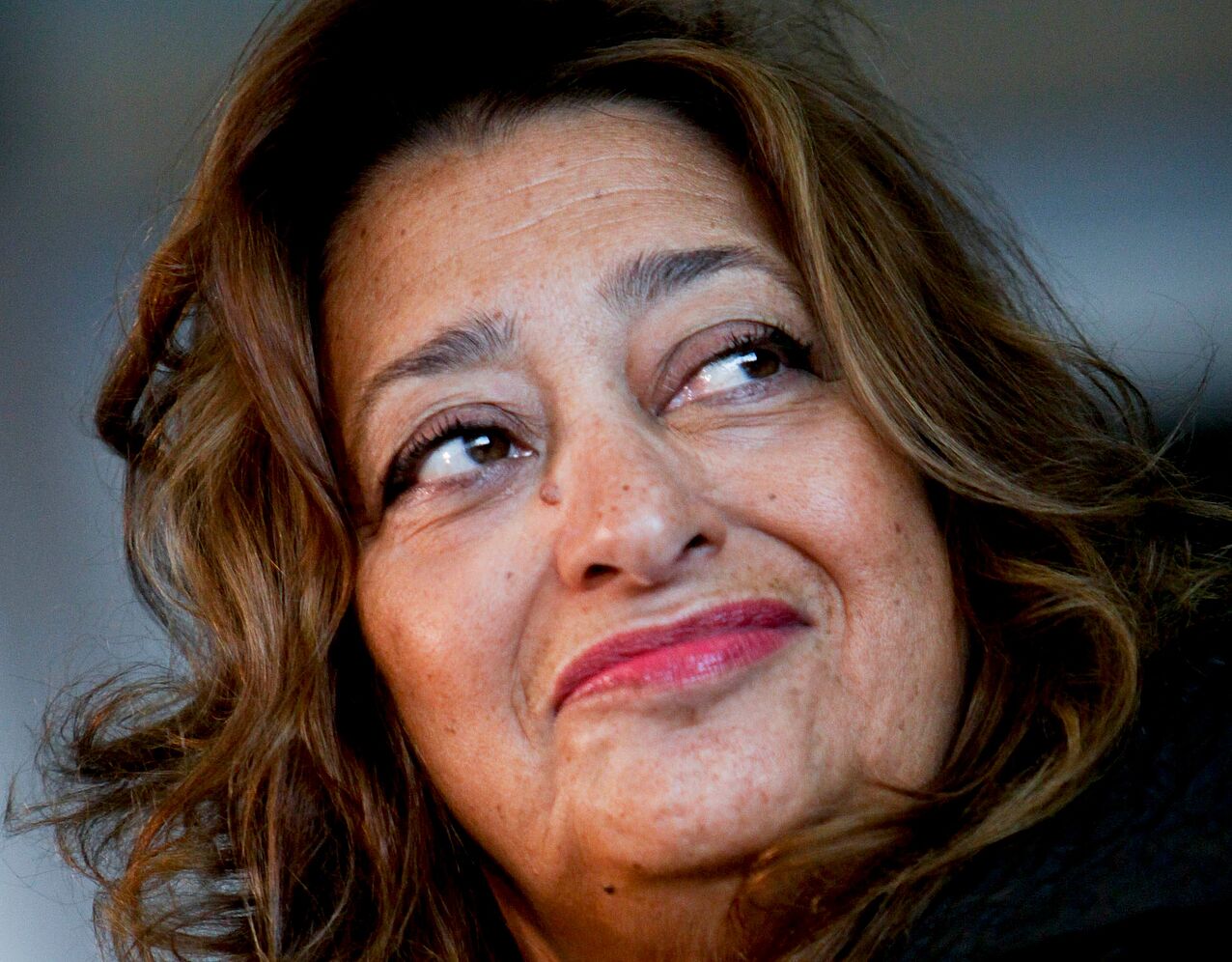
The early years
Zaha Hadid was born on 31 October 1950 in Baghdad, Iraq where she spent her childhood. Her father was a wealthy industrialist and co-founder of the National Democratic Party in Iraq. When dictator Saddam Hussein assumed power and war broke out with Iran the family left the country and headed for Jordan.
In the 1960s she attended boarding schools in England and Switzerland. But she was only able to find her artistic freedom in London. “My adopted home is Great Britain, the only country in which it is possible to be artistically successful and eccentric at the same time.”
After studying mathematics in Beirut she started at the Architectural Association School of Architecture in London in 1972. Here, Hadid became acquainted with star architect Rem Koolhaas, who was one of her lecturers. After a few years working for her former professors Rem Koolhaas and Elia Zenghelis at the Office for Metropolitan Architecture in Rotterdam in the Netherlands, she finally became a partner there in 1977.
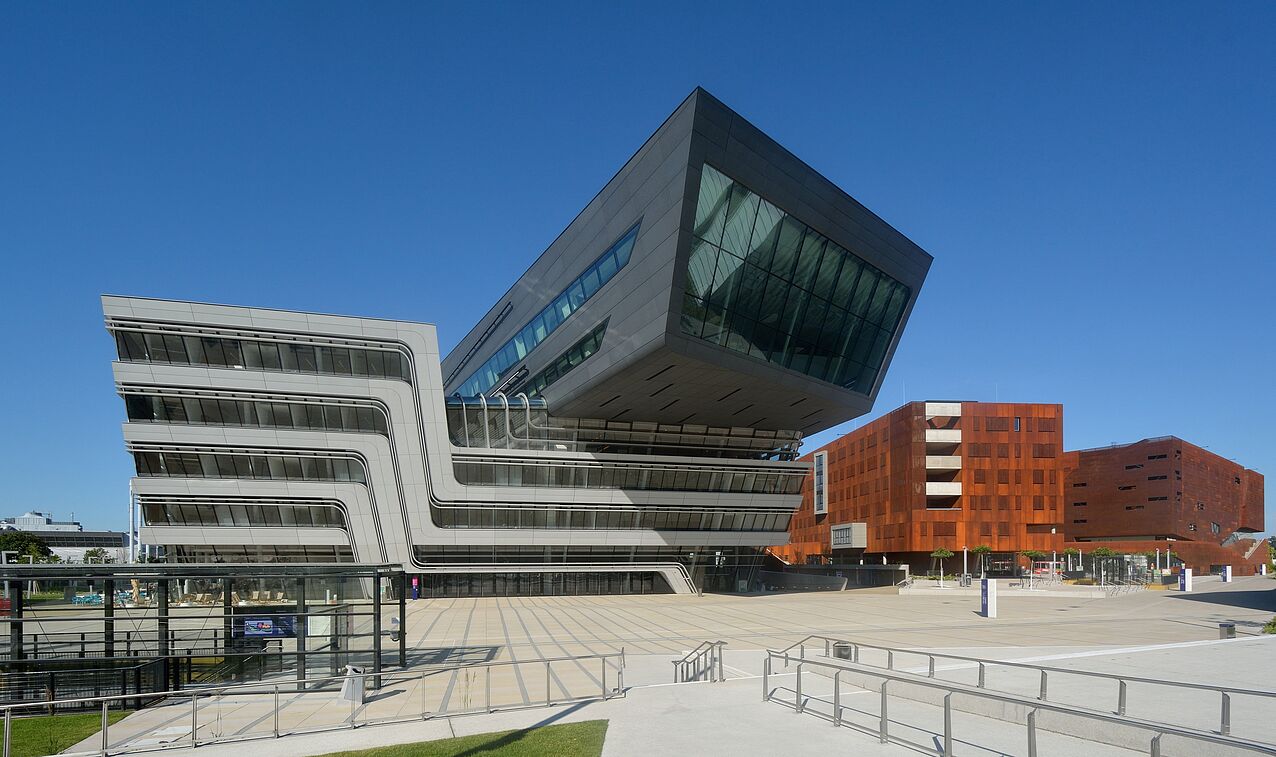
Her initial first steps
In 1980 she set up her own architectural practice in London and created many imposing buildings throughout her life. In 2004 she was the first woman to be awarded the Pritzker Architecture prize, the “Nobel prize in architecture”. In 2009 she received the Praemium Imperiale, a Japanese award for outstanding achievements in the field of art or culture. Zaha Hadid was one of the most popular architects of her era who at times garnered a lot of criticism, as well as recognition and fame, with her modernist, futuristic and controversial designs.
A skyscraper with an unconventional building geometry: Limmat Tower in Dietikon (Switzerland).
Her most famous works include the National Museum for Modern Art MAXXI (Museo nazionale delle arti del XXI secolo) in Rome and the London Aquatics Centre for the 2012 Olympic Games in London. Some of her famous creations are also located in German-speaking territories. For example, the headquarters of the BMW plant in Leipzig, the science museum phæno in Wolfsburg and the Bergisel ski jump in Innsbruck.

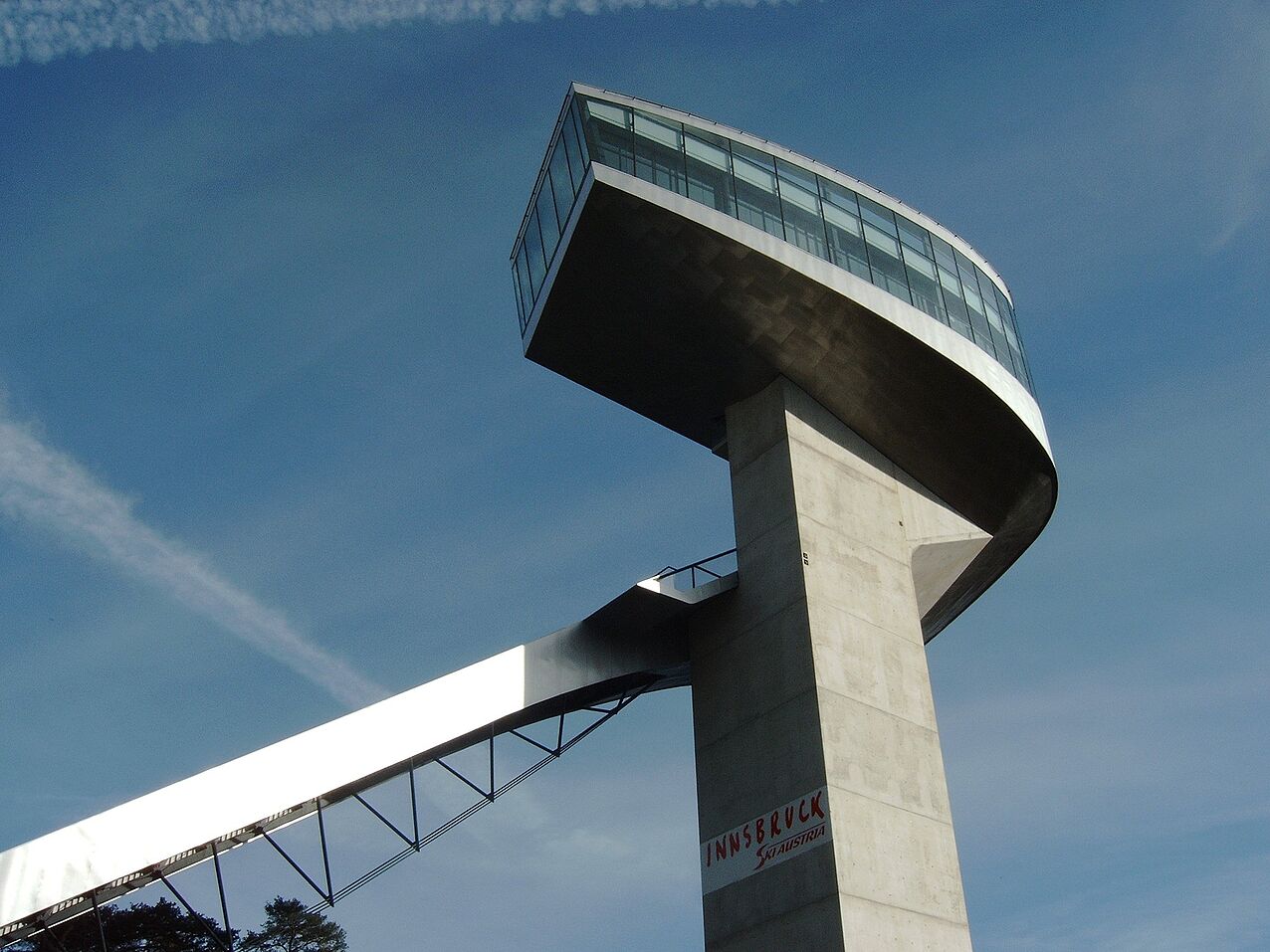
Her style - anything other than boring
Critics attribute her building style to deconstructivism; personally, if anything she regarded her own building style as flowing and kinetic. “The most important thing is movement, the flow of things, a non-Euclidean geometry in which nothing is repeated: a reorganization of the space.” She took her inspirations from her architectural role models Kasimir Malewitsch and El Lissitzky.
She was known as the “queen of the curve”. Often, many of her structures do not have a single right angle. Including, for example, the Vitra Fire Station in Weil am Rhein with which she made her international breakthrough in 1993.

A different kind of designer
As well as her passion for architecture, the adopted Englishwoman also ventured into other areas of design. Amongst other things, she created furniture and tableware, wine bottles, cutlery, shoes and the protoype of a car. And not forgetting: the stage set for the Pet Shop Boys’ world tour in 1999.
In the past few years most of her work came in Asia and the USA. For example, the Rosenthal Center for Contemporary Art in Cincinnati, the Opera House in Guangzhou or the Innovation Tower in Hong Kong.
Death
Zaha Hadid died of heart failure on 31 March 2016 in Miami after suffering bronchitis.
